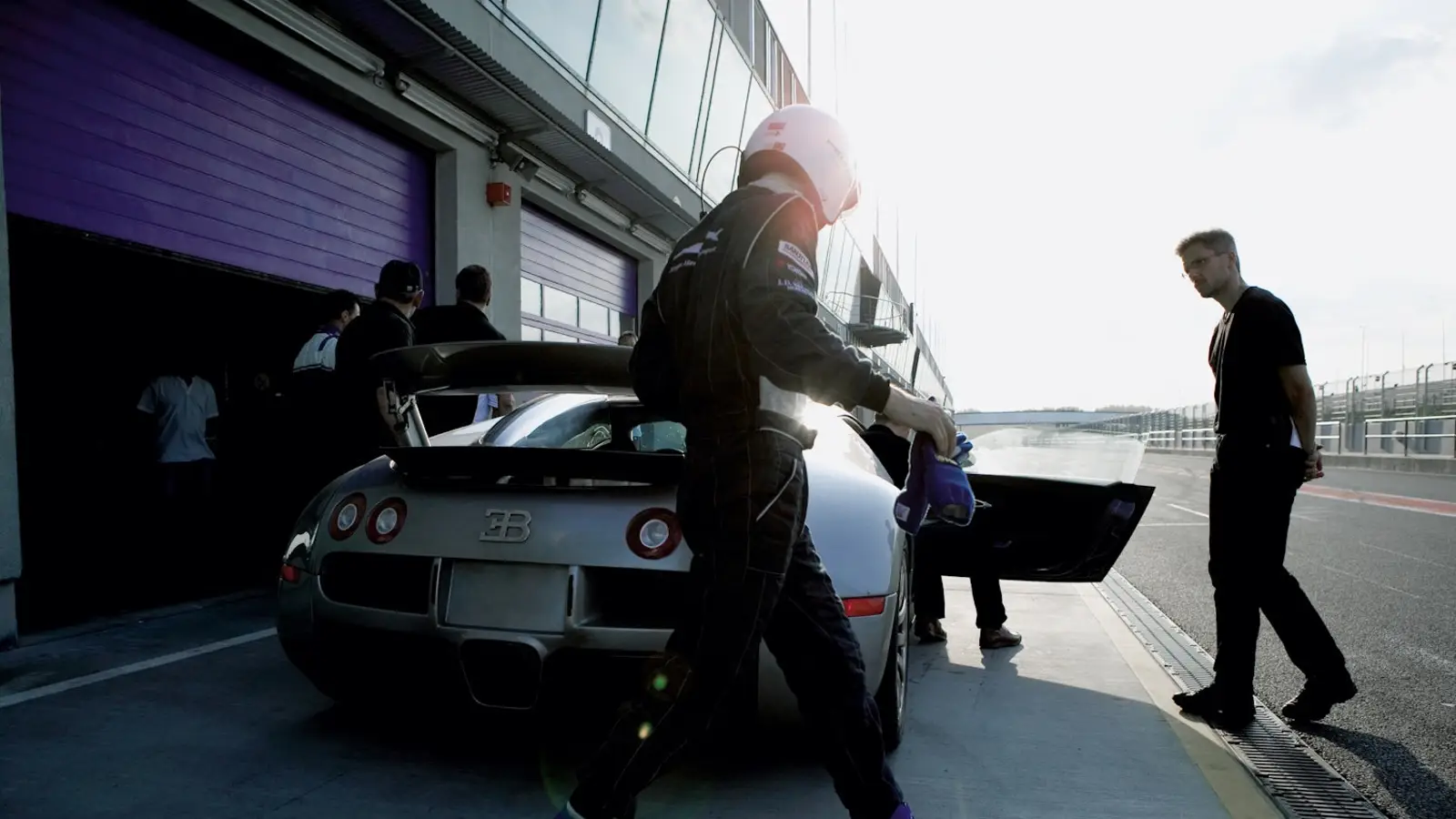Bugatti Veyron: From vision to the fastest production car in history

Explore how Ferdinand Piëch’s vision, groundbreaking W16 engine, custom Michelin tires, and meticulous testing turned Bugatti Veyron into a record-setting hypercar.
In the late 1990s, Ferdinand Karl Piëch, grandson of Ferdinand Porsche and then Chairman of the Volkswagen Group, set his engineers a seemingly impossible challenge: to create a car that could reach 400 km/h while remaining comfortable and elegant for everyday driving. The idea came to Piëch in 1997 and marked the beginning of a multi-year endeavor that reshaped the automotive industry.
From the outset, engineers faced barriers never before overcome in car manufacturing. A completely new engine was needed, along with groundbreaking aerodynamic solutions, unique tires, and a transmission capable of handling forces no production car had ever experienced. Development began with the creation of an all-new 8.0-liter W16 engine, equipped with four turbochargers, ten radiators, and delivering 1,001 PS. This powerplant became the heart of the hypercar and demanded an equally innovative gearbox — a seven-speed dual-clutch DSG designed to manage its immense torque output.
Even the tires had to be engineered from scratch. Michelin spent nearly five years developing bespoke wheels capable of safely withstanding speeds beyond 400 km/h. These tires cost tens of thousands of dollars per set and required specialized equipment for replacement.
Behind the scenes, extraordinary minds drove the project forward: chief engineer Wolfgang Schreiber oversaw aerodynamics and testing, designer Jozef Kabaň crafted the car’s iconic silhouette, and hundreds of engineers across Volkswagen Group contributed to making the dream a reality. Every step was tested over hundreds of thousands of kilometers, including demanding trials at the legendary Nürburgring. A total of 11 prototypes were built before the vehicle was ready for full production.
In 2005, the Bugatti Veyron officially made history, reaching 407 km/h and becoming the fastest production car in the world at the time. Between 2005 and 2015, 450 units of various versions — from the base model to the Super Sport and Grand Sport Vitesse — were hand-built in Molsheim. Despite the project running at a loss, with Volkswagen reportedly losing millions of dollars on each car, the Veyron became a symbol of engineering triumph and a source of immense pride for the company.
Its impact on the industry was profound: following the Veyron, other manufacturers launched their own hypercars in attempts to surpass its records. Yet, even two decades later, the Bugatti Veyron remains the benchmark for speed, comfort, and engineering brilliance, proving that dreams once deemed unattainable can indeed become reality.
Mark Havelin
2025, Jul 29 00:21


